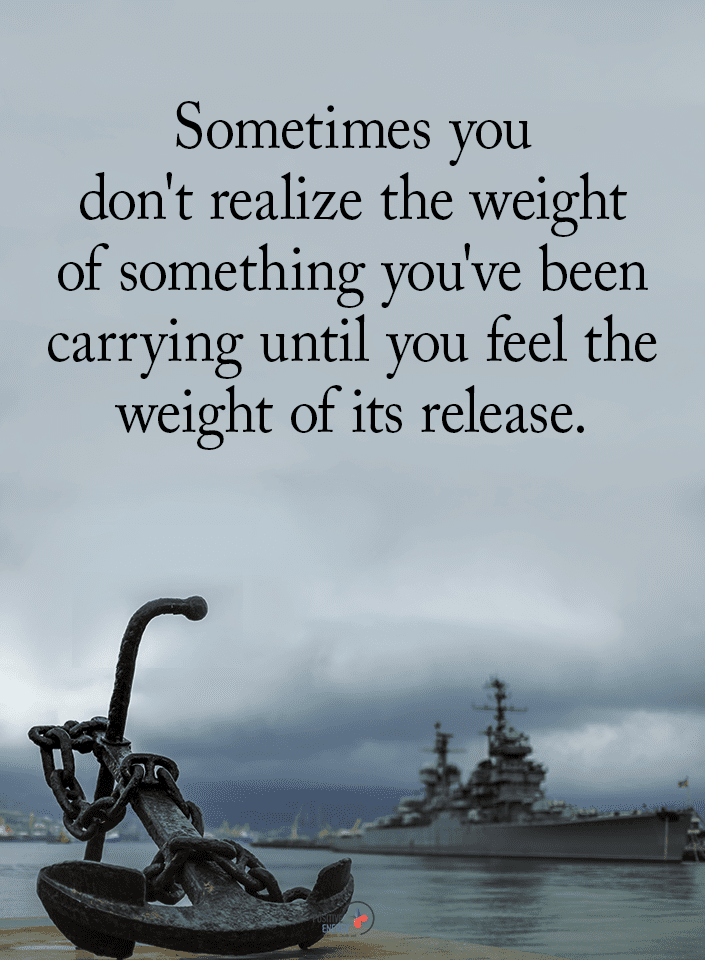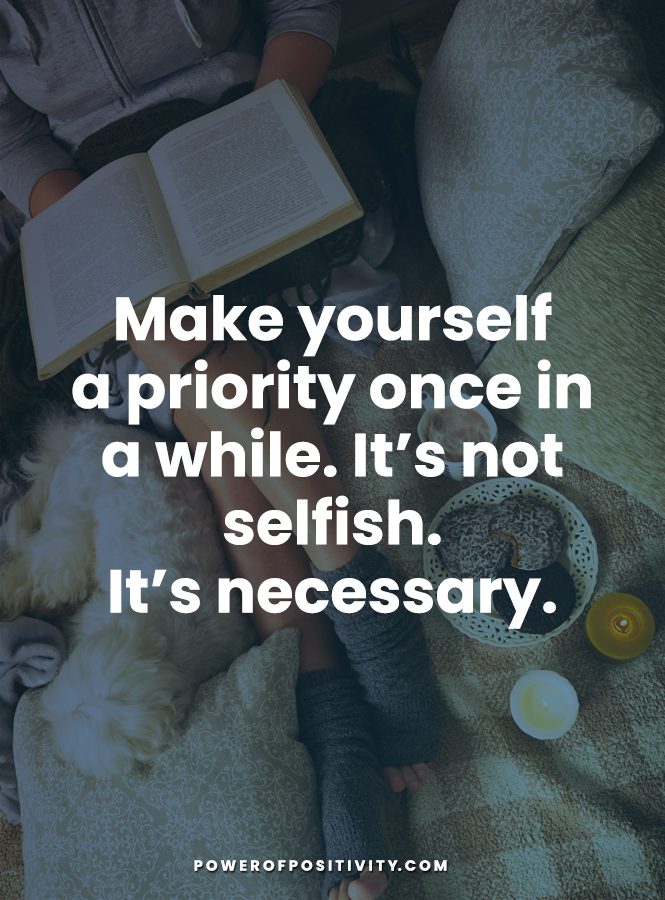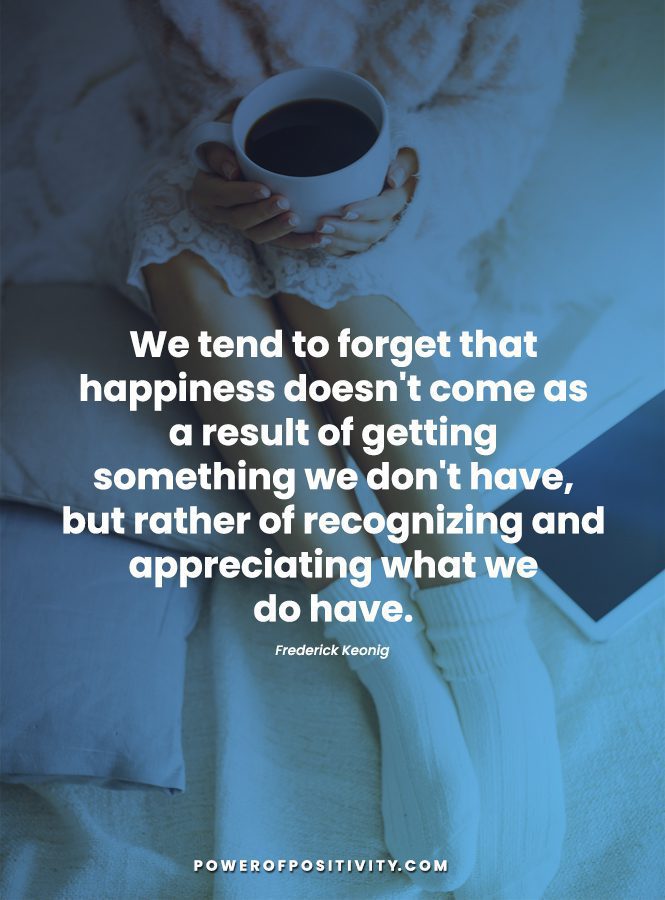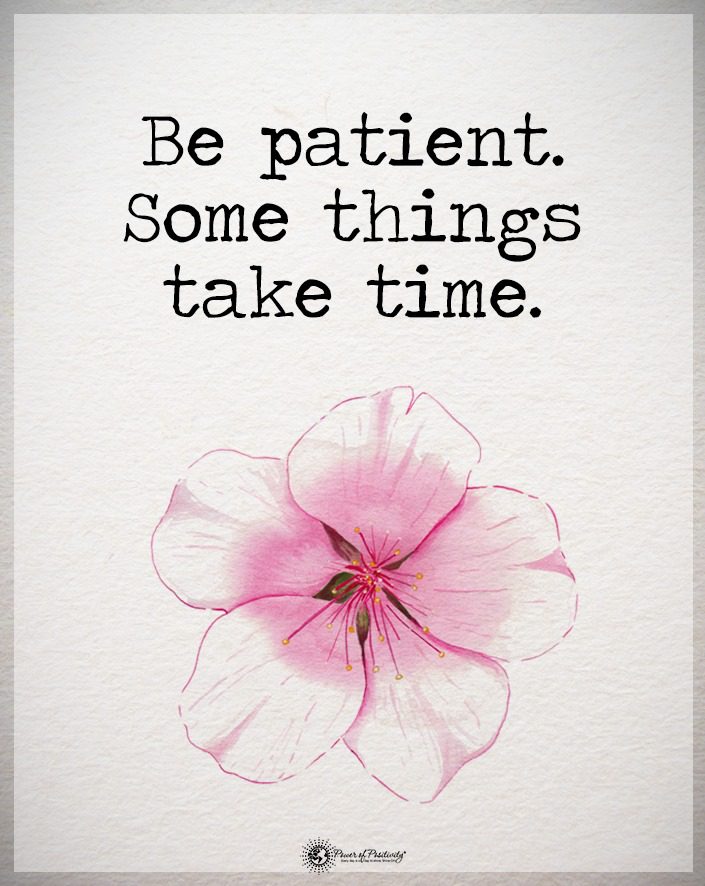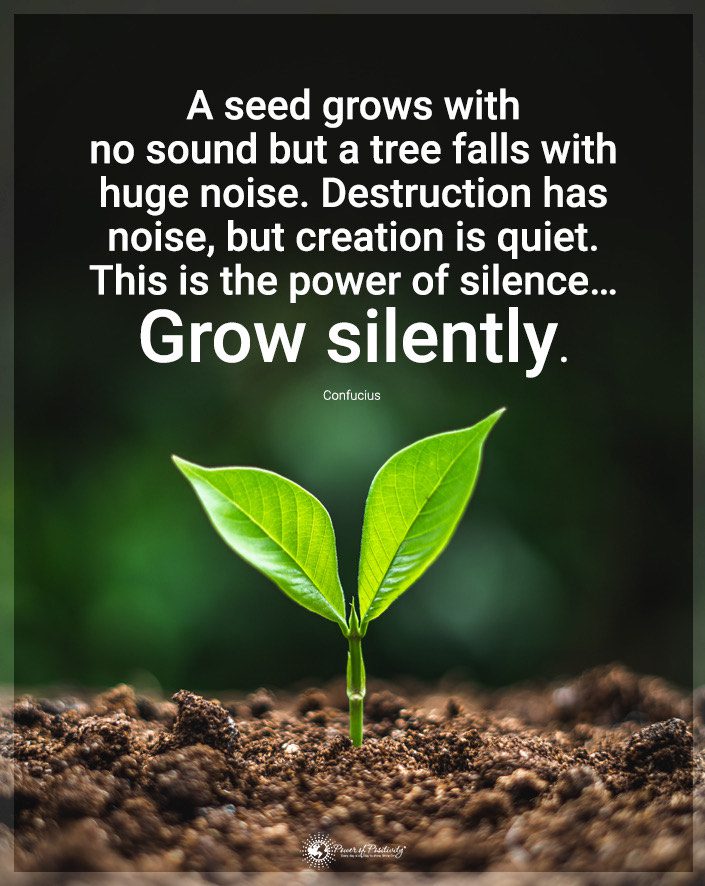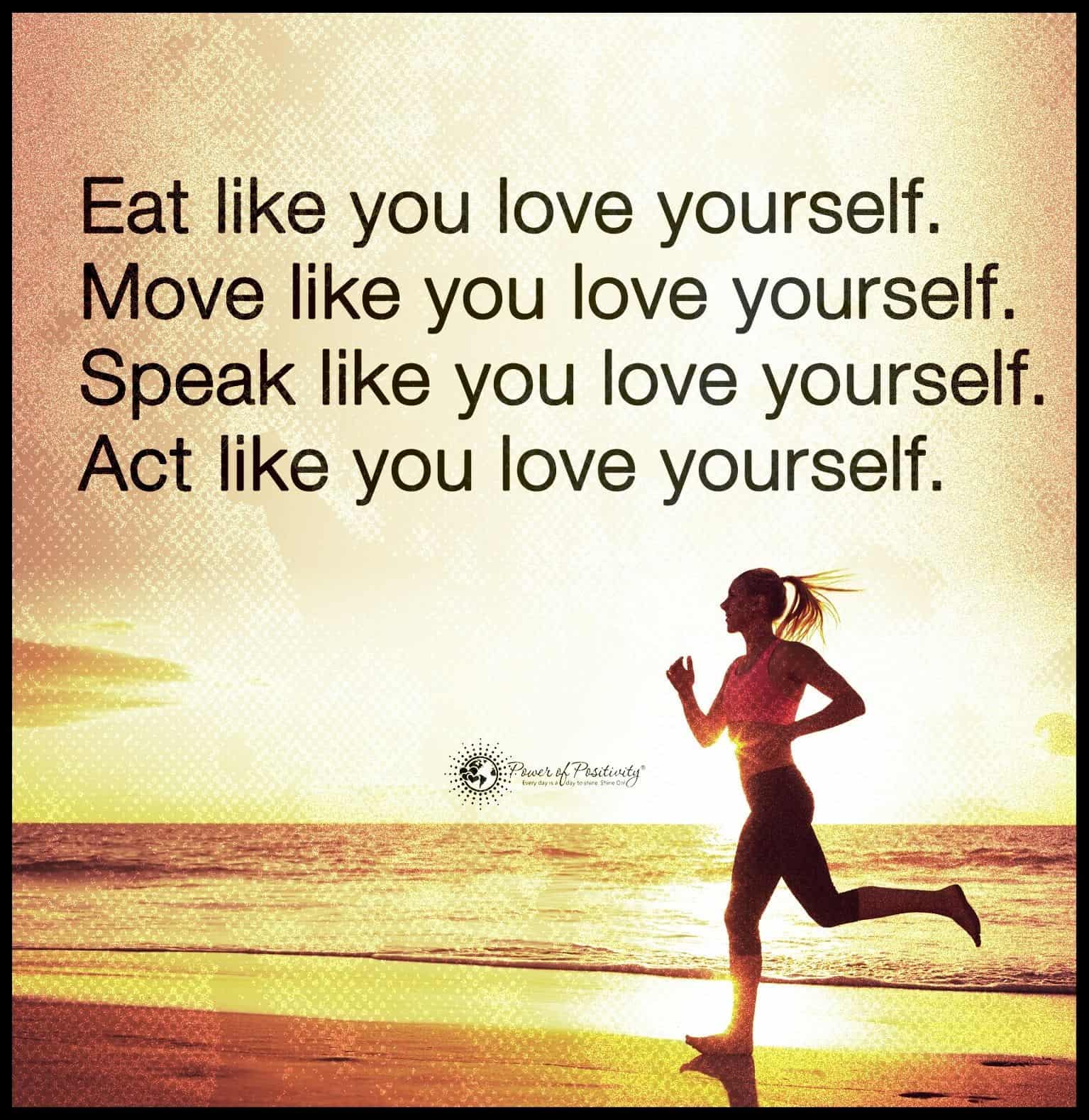In today’s fast-paced and interconnected world, multi-tasking has become indispensable. We juggle multiple responsibilities, seamlessly switching between tasks and dividing our attention to meet the demands of our modern lives. However, what may appear as a remarkable ability to multi-task, or manage multiple processes simultaneously often comes with a hidden cost.
Science now sheds light on what truly happens to our brains when we multi-task. A complex interplay of cognitive processes can significantly impact our efficiency and performance. Multitasking affects the brain in various ways, reducing efficiency and cognitive performance. Multitasking refers to performing multiple tasks or activities simultaneously or in rapid succession.
It involves dividing attention and cognitive resources between two or more tasks to achieve concurrent progress. The allure of multitasking lies in its perceived potential to enhance productivity and efficiency by maximizing time utilization. However, delving deeper into the realm of neuroscience shows that there are many common misconceptions.
This article explores what happens when you multi-task and unravel the common misconceptions surrounding this prevalent phenomenon. By understanding the intricate mechanisms, we can decide whether single-tasking or multi-tasking is the right choice.
The Myth of Productive Multi-tasking
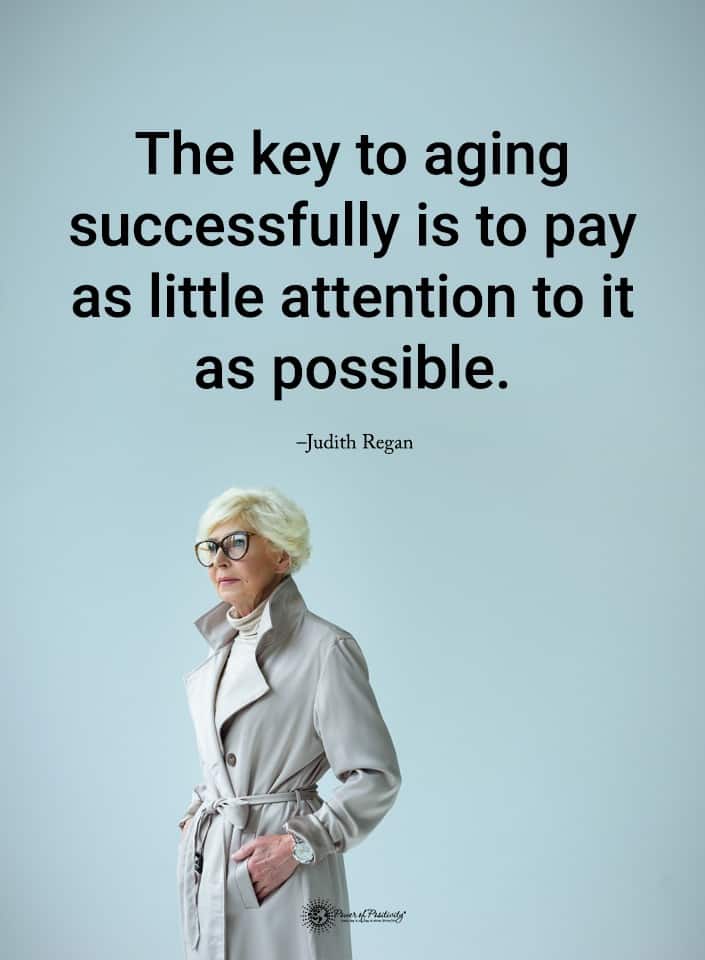
In the quest for increased productivity and efficient time management, multitasking has long been hailed as a solution. The idea that one can juggle multiple tasks simultaneously, saving time and accomplishing more, has permeated our work culture. However, it is time to debunk the myth of productive multitasking and shed light on the limitations of the human brain.
As commonly understood, multitasking involves dividing attention and focus across several activities. It may include checking emails during a conference call, responding to instant messages during a meeting, or working on multiple projects simultaneously. While it may seem productive, research has consistently shown that multitasking is ineffective.
Studies have consistently shown that when individuals engage in multitasking, the quality of their output suffers. Splitting attention between multiple tasks reduces our ability to focus, analyze complex information, and make thoughtful decisions. In contrast, when we give undivided attention to a single task, we can allocate our mental resources effectively and produce higher-quality work.
The belief that multitasking increases productivity is a myth that needs to be debunked. The human brain is not designed to manage multiple tasks simultaneously.
Task-Switching and Cognitive Costs When You Multi-task
When it comes to multitasking, task-switching is a key factor that undermines productivity. Task-switching refers to shifting attention and focus from one task to another. While it may appear that we are seamlessly switching between tasks, the reality is that our brain incurs cognitive costs each time we switch.
Understanding these costs is crucial to comprehending why multitasking is not as efficient as it may seem. Task-switching requires our brain to disengage from one task, refocus on a new task, and activate the relevant neural networks associated with that task. This process takes time and mental energy, resulting in what psychologists refer to as “switching costs.”
These costs manifest as delays and inefficiencies in performance as our brain transitions from one task to another. The cognitive costs of task-switching can be significant. Research has shown that even brief interruptions or task switches can decrease productivity and increase errors. When we multi-task, our brain needs to reallocate its attention and cognitive resources, disrupting the flow and continuity of our work.
It takes time for our brain to reorient itself and reach the same level of focus and efficiency as before the switch occurred. The impact of task-switching goes beyond the immediate moment of switching. The remnants of the previous task, known as “attention residue,” can linger. This residue can interfere with our ability to engage in the current task and hinder our concentration and performance. Even though we may think we have moved on, our brain may still be partially preoccupied with the previous task.
Impact on Working Memory and Attention
Multitasking also significantly impacts our working memory capacity and attention span. Working memory indicates our ability to temporarily hold and manipulate information in our minds while performing tasks. Attention, conversely, is our cognitive ability to focus on relevant stimuli and filter out distractions.
When we multi-task, it places a heavy burden on our working memory capacity. Attempting to juggle multiple tasks simultaneously places increased demands on our working memory. This is due to the need to retain and process information from various sources. Unfortunately, our working memory is limited, and dividing our attention across tasks can overwhelm it.
This cognitive overload can lead to difficulty retaining and integrating information, negatively impacting our performance and efficiency. Furthermore, multitasking hampers our attention span. Sustained attention is crucial for focusing on a particular task or information for an extended period.
When we switch between tasks frequently, our attention becomes fragmented, and our ability to sustain focus diminishes. We become more susceptible to distractions, and our overall attention span decreases. As a result, our performance on individual tasks suffers, and errors become more likely.
Cognitive overload plays a central role in the detrimental effects of multitasking on working memory and attention. Cognitive overload occurs when the demands on our cognitive resources exceed their capacity, causing mental strain and reduced performance.
Reduced Learning and Information Retention

When we multi-task, our brain’s capacity to process and consolidate information becomes compromised, leading to reduced learning outcomes and information retention. Multitasking places a significant cognitive load on our brains, dividing our attention and cognitive resources across multiple tasks. This division of attention prevents us from fully immersing ourselves in learning.
According to research, when our attention is fragmented, our ability to encode new information into memory is compromised. Multitasking disrupts the crucial process of memory consolidation, which is essential for transferring information from short-term to long-term memory.
Focused attention is critical for effective learning because it allows us to process and encode information. When we give undivided attention to a learning task, we can devote our cognitive resources to understanding, analyzing, and connecting new information with existing knowledge.
This depth of processing enhances memory formation and retrieval, leading to better learning outcomes. Multitasking not only disrupts the encoding process but also affects information retention. When we switch tasks or divide our attention, we create interruptions in the learning process.
These interruptions disrupt the consolidation of memories, making it more challenging to strengthen the neural connections associated with the learned information. As a result, our ability to retrieve and recall that information later is diminished.
Multitasking and Stress
Multitasking creates a sense of constant urgency and pressure to complete multiple tasks simultaneously. This heightened demand for performance can lead to increased stress levels. When we multi-task, we may feel overwhelmed and unable to manage the workload effectively. This feeling of being stretched too thin can contribute to chronic stress and a sense of being constantly “on edge.”
Multitasking also introduces constant distractions and interruptions, making maintaining a sense of focus and flow challenging. These interruptions can disrupt concentration, increasing frustration and heightened stress levels. Each time we switch tasks is mentally taxing and contributes to feelings of stress and cognitive strain.
Moreover, multitasking often creates a sense of never being able to complete or excel at any task. Constantly shifting attention from one task to another can lead to fragmentation and a lack of satisfaction in our accomplishments. This can result in inadequacy and increased stress as we strive to meet unrealistic expectations.
Three Strategies for Focused and Efficient Work (Without the Need to Multi-task)
Adopting focused and efficient work strategies can significantly enhance productivity and overall well-being. We can optimize our work habits by shifting away from multitasking and embracing single-tasking, time blocking, and task prioritization. We can also enjoy the benefits of improved brain health and cognitive performance.
1. Embrace Single-Tasking
Instead of juggling multiple tasks simultaneously, focus on one task at a time. Give your undivided attention to each task, allowing for deeper engagement, increased accuracy, and enhanced productivity. By immersing yourself in a single task, you can optimize your cognitive resources and perform at your best.
2. Utilize Time Blocking
Time blocking involves allocating specific time blocks for different tasks or activities. By dedicating uninterrupted periods to focus on a particular task, you create a structured approach that minimizes distractions and maximizes productivity. Set aside time slots for specific activities, whether working on a project, responding to emails, or attending meetings. This allows for focused work and better task management.
3. Prioritize Tasks
Not all tasks are equally important or require urgent attention. Prioritizing tasks helps you focus on what matters most and ensures that essential work gets the attention it deserves. Determine your priorities based on deadlines, importance, and impact. By focusing on high-priority tasks first, you can make significant progress and alleviate the pressure of multitasking.

Final Thoughts on How You Decrease Productivity When You Multi-task
The neuroscience of multitasking reveals that attempting multiple tasks simultaneously can harm our brain, productivity, and overall well-being. By understanding these negative effects and acknowledging multitasking limitations, we can improve our productivity and work more efficiently by adopting single-tasking and other focused work strategies.
Multitasking strains our cognitive resources, leading to increased task-switching and cognitive costs. It impairs our working memory capacity and attention span, making it more challenging to retain information, stay focused, and perform at our best. Multitasking also contributes to cognitive overload, leading to mental strain and reduced performance.
To counteract the negative effects of multitasking and improve productivity, it is essential to adopt strategies that promote focused and efficient work. By adopting strategies such as single-tasking and other focused work techniques, we can foster a more balanced approach to work. We can thrive in an increasingly demanding and fast-paced world through these efforts.


